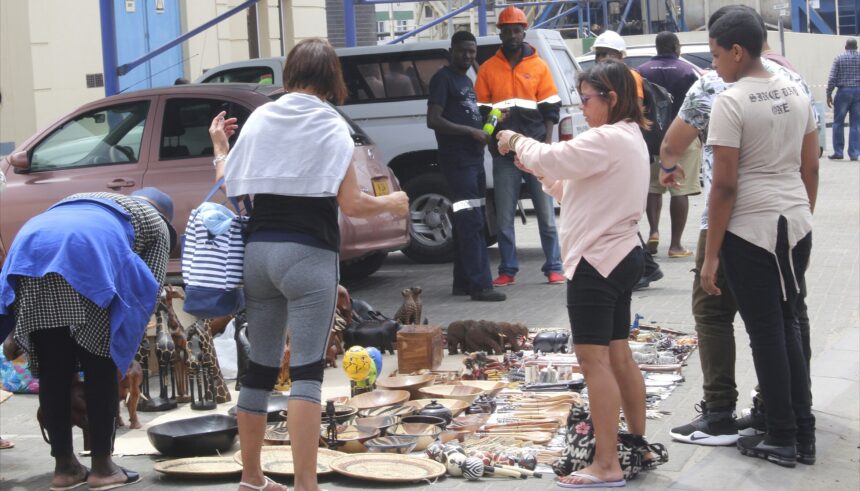Eveline de Klerk
Victoria Immanuel
SWAKOPMUND – Despite global challenges impacting travel, current trends indicate a promising recovery in tourism arrivals in Namibia.
The country was hard-hit by the Covid-19 pandemic and subsequent lockdowns, and saw the collapse of several tourism-focused businesses and significant job losses.
The country recorded an 87.4% overall increase of
863 872 in tourist arrivals in 2023, compared to 461 027 in 2022.
The environment ministry also recorded an increase in tourist arrivals from 2022 to 2023. Before Covid-19, Namibia recorded almost 1.6 million visitors in 2019.
However, the sector is now experiencing a steady increase in visits and activities, largely due to the close collaboration among key stakeholders in the tourism industry, and the harmonisation of strategies outlined in the Namibia Tourism Sector Recovery Plan.
The Hospitality Association of Namibia reported a national occupancy rate of 55% in the first quarter of 2023 – up from 33.8% in 2022.
This figure indicates that the tourism sector in the country is recovering well after the devastating impact of Covid-19.
The Namibia Tourism Board has recorded an increase of 381 newly-registered tourism businesses between 2022 and 2024, with tour operators and self-catering accommodation establishments making up the majority within the region.
The Erongo Tourism Forum reported that the increase in passenger liners between October 2023 and June 2024, along with a rise in domestic tourism, has contributed significantly to the region’s tourism revival.
“A total of 36 085 passenger arrivals were recorded in Erongo, with a 60% increase in room occupancy rates in the first quarter of the year,” said Annette Kotting, highlighting the region’s resilience and recovery post-Covid-19
She also said 29 cruise liners docked in the region between October 2023 and June 2024, bringing nearly 36 085 tourists.
Thousands more are expected between November this year and January 2024, with the port anticipating 65 more cruise liners between November 2024 and January 2027.
Additionally, Walvis Bay Airport has seen a notable increase in passenger traffic, reaching 79 763 passengers in 2023.
In the aviation sector, Walvis Bay International Airport, the second largest in the country, has seen significant developments.
The airport handled 79 763 passengers in 2023, showing a recovery rate of 62
According to her, the successful landing of Airbus A340 in May demonstrated the airport’s ability to handle larger aircraft, showcasing its advanced infrastructure.
Despite these achievements, the region faces challenges.
She pointed out that immigration officers experience difficulties when two or more cruise liners arrive and depart on the same day, requiring the deployment of additional officials.
“There is also a lack of large convention or conference centres in the region, which limits the ability to host significant events. Additionally, self-drive tourists not complying with road signage have led to accidents, raising concerns in the region,” she said.
Kotting appealed to car rental companies to conduct continuous inductions with tourists regarding Namibian laws, and to provide rental contracts in vehicles for easy access at roadblocks across the country.
Poaching challenge
Etosha National Park deputy director Naambo Iipinge said tourism pumps in about N$40 million in revenue annually, and the growing tourism sector is hugely dependent on wildlife.
Poaching poses a threat to the sector.
This year, 30 rhinos were poached.
Statistics further reveal that in 2021, 44 rhinos were poached, 42 in 2020, 57 in 2019, 83 in 2018 and 55 in 2017
“Wildlife crime threatens not only the survival of the species but the reputation of the country’s conservation, socio-economic and tourism development. Namibia’s growing tourism sector is hugely dependent on wildlife,” she said.
She encouraged all Namibians to value wildlife, and protect it.
-edeklerk@nepc.com.na
Caption:


